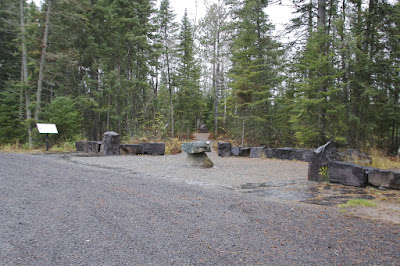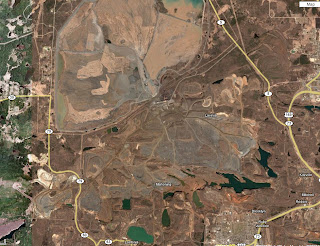Apple doesn't make the mistake of thinking thinking the customer knows best. Mostly this works, but sometimes it leads to perverse obstinacy. iPhoto won't import image Libraries. Aperture can't edit date metadata. Apple can be incredibly obtuse.
So it was
plausible, though it bordered on the crazed, that Apple intended to own the iPhone completely, and to reserve all software production to Apple.
It felt even more plausible when Apple talked about AJAX apps like they were a credible solution, tightened its ringtone control,
went to war with Apple geeks, and even
Nokia taunted the lion.
Plausible enough, that fear of Apple's choices meant I couldn't get an iPhone until
Apple met my personal requirements. I've been sitting on my wallet, even contemplating a BlackBerry. Yes,
even contemplating another year with
a Motorola RAZR, a replacement Palm Tungsten, and an iPod.
Then, last week,
Apple promised a true iPhone/iTouch SDK in February 2008 and Pogue wrote:
... Here's my view of the timeline: Leopard ships October 26th. Apple announces a new iPhone model or models at Macworld Expo on January 15th. The models ship along with an updated OS that's more fully Leopard for iPhone as a software update by early February. The iPhone SDK appears shortly thereafter...
It seems that Apple has chosen the iTunes signed application distribution model, with Apple taking a percentage of every sale. We don't know if they go to a software subscription model.
I'm good with that. If they'd announced this a month ago
I'd have an iPhone now.
So was this the plan all along, or did Jobs change his mind? I suspect it was more or less the plan, but if there'd been less screaming Jobs might have tried to own the whole thing.
So why the long delay between product release and SDK announcement? Probably the 10.5 delay, which arose at least partly from the decision to take the iPhone to market. Key people were pulled from 10.5 to the iPhone, then pulled from the iPhone back to 10.5. The last step meant there was no time to do an SDK and improve the iPhone APIs, and perhaps Jobs didn't want to announce SDK plans six months ahead of time.
They also needed to get everything working flawlessly with 10.5, which was hard to do before 10.5 went public.
We're close enough to Jan 15th I'll wait to see if Pogue's right, but clearly this is great news for Apple geeks.
Oh, and what does this have to do with Palm?
As long as it seemed possible that Apple was going to keep the iPhone a strictly entertainment-oriented device, Palm still had a ray of hope. That light just went out. Assuming Apple doesn't screw up, and I don't think they will, a large developer community will fill any Palm functionality that Apple doesn't provide.
Palm, at last, is finished.
Update: Daring Fireball has
a detailed discussion of a hypothetical but plausible signed distribution model and how it would work for developers.
Update 10/21/07: Glenn Fleishman of Tidbits
covered this topic with more nuanced detail. Nokia's "Symbian Signed Application" program might be Apple's model. Glenn also mentions something I forgot, that Leopard's signed application model is probably a prerequisite for the the iPhone's application distribution mechanism. No mention of what this has to do with current iPhone applications "running as root", but it sure feels like the iPhone was originally designed to run 10.5, and that the shipping version was put together in a hell of rush.
It's a miracle the 1.0 iPhone works as well as it does. One day someone will write a heck of a geek book about the iPhone's creation. I'm imagining it involved flogging and illegal stimulants.
Update 10/21/07: Michael Tsai says
we shouldn't be so trusting, the word "SDK" need not mean the ability to deliver the class of products Apple delivers. So if we don't hear more details with iPhone 2.0 in January, waiting for February would be a good idea.







